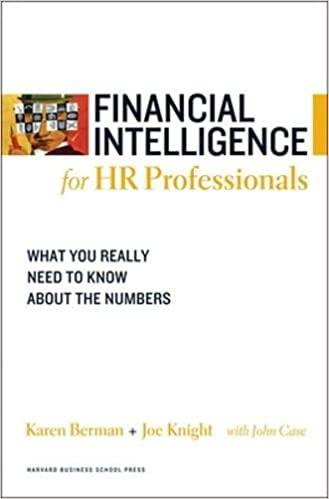Answered step by step
Verified Expert Solution
Question
1 Approved Answer
Only looking for the answer to the question Then calculate expected EPS and oEPS under both debt and stock financing alternatives. 13-13. FINANCING ALTERNATIVES The

Only looking for the answer to the question "Then calculate expected EPS and oEPS under both debt and stock financing alternatives".
13-13. FINANCING ALTERNATIVES The Severn Company plans to raise a net amount of $270 million to finance new equipment in early 2020. Two alternatives are being considered: Common stock may be sold to net $60 per share, or bonds yielding 9% may be issued. The balance sheet and income statement of the Severn Company prior to financing are as follows: The Severn Company: Balance Sheet as of December 31, 2019 (millions of dollars) Current assets $ 900.00 Notes payable $ 255.00 Net fixed assets 450.00 Long-term debt (7%) 697.50 Common stock, $1 par 60.00 Retained earnings 337.50 Total assets $1,350.00 Total liabilities and equity $1,350.00 The Severn Company: Income Statement for Year Ended December 31, 2019 (millions of dollars) Sales Operating costs Earnings before interest and taxes (15%) Interest on short-term debt Interest on long-term debt Earnings before taxes Federal-plus-state taxes (25%) Net income $2,475.00 2,103.75 $ 371.25 10.50 48.83 $ 311.92 77.98 $ 233.94 The probability distribution for annual sales is as follows: Probability Annual Sales (millions of dollars) $2,250 2,700 3,150 0.30 0.40 0.30 Assuming that EBIT equals 15% of sales, calculate earnings per share (EPS) under the debt financing and the stock financing alternatives at each possible sales level. Then calculate expected EPS and CEPS under both debt and stock financing alternatives. Also calculate the debt-to-capital ratio and the times- interest-earned (TIE) ratio at the expected sales level under each alternative. The old debt will remain outstanding. Which financing method do you recommend? (Hint: Notes payable should be included in both the numerator and the denominator of the debt-to-capital ratio.)Step by Step Solution
There are 3 Steps involved in it
Step: 1

Get Instant Access to Expert-Tailored Solutions
See step-by-step solutions with expert insights and AI powered tools for academic success
Step: 2

Step: 3

Ace Your Homework with AI
Get the answers you need in no time with our AI-driven, step-by-step assistance
Get Started


